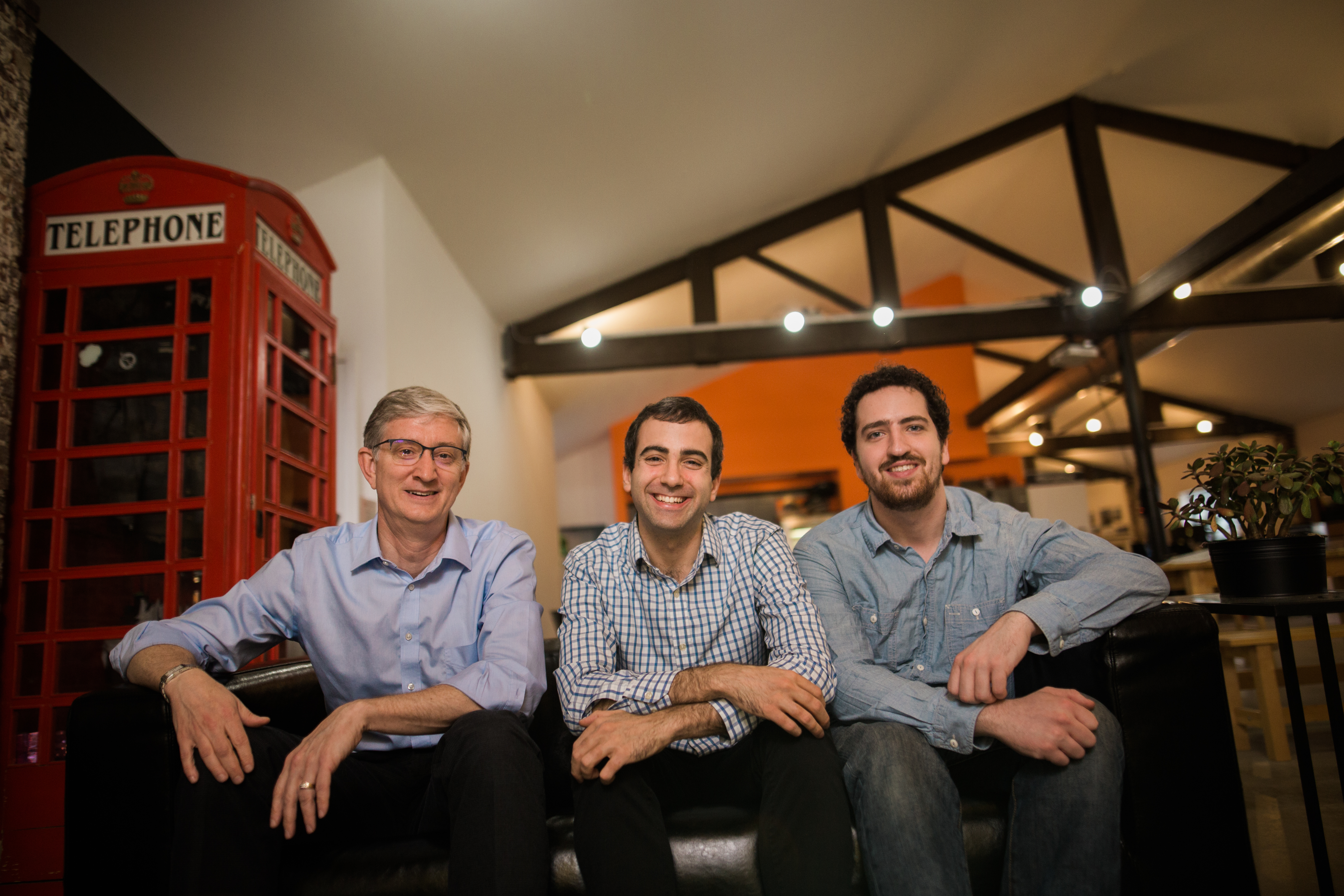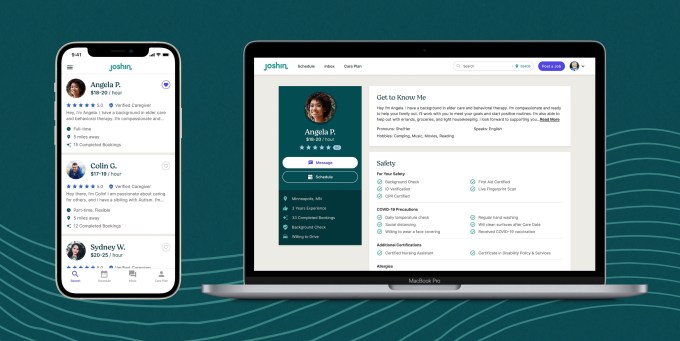Quip is on a mission to be the go-to platform for both personal and professional oral care, and a new $100 million cash infusion is giving the New York-based company fuel to do it.
The new round from Cowen Sustainable Investments (CSI), labeled a Series B, follows the company reaching profitability in April 2020 and gives Quip more than $160 million in total funding since the company was founded in 2015. Its last publicly announced raise was $40 million in 2018. The company showcased its service at TechCrunch Disrupt NY’s Startup Alley in 2015.
At that time, Quip was best known as a subscription-based toothbrush replacement service, but over the years has steadily taken on more of the $435 billion global oral healthcare market by adding other products like flossers, mouthwash, gum, smart electric toothbrushes and, most recently, a virtual orthodontist-enabled clear aligner service launched in April.
Company co-founder and CEO Simon Enever told TechCrunch that its long-term vision is to “build a lasting global business in the oral care category, and it is important to keep the business on the right scale.” Quip is focused on growth, innovation and community building among its over 7.5 million customers in 100 countries.
“The timing of this round, and raising such a significant round, was deliberate and strategic,” he added. “We wanted to prove a couple of things: that we create a high-profile, profitable core business that people know today, aligning the first pieces of the pie on our oral care app and then services, such as the clear aligner that we launched a couple of months ago.”
When Quip first launched and received funding six years ago, there were very few oral care startups and not much funding going into the space, Enever said. In fact, that was what led him to start the company in the first place — a dental visit eight years ago where he learned how little investment was being made to improve the space. Since then, more startups are innovating dental care and there is investment in both the personal care side and professional, especially in sub areas like orthodontics and appointment bookings, which Quip is working on, he added.
The new funding will enable the company to further scale its personal care platform, which already has over 7.5 million users, and continue to connect them with a network of more than 50,000 dental professionals. It will also go into new verticals, expand its global footprint and roll out new features to its oral care companion mobile app.
Quip expects to reach over 1 million app users in 2022, Enever said. New features will complement the company’s mission to track oral habits, coaching and health monitoring. Members can then earn points by improving their habits and health and redeem them for products and discounts from Quip and other partners.
Enever also plans to double Quip’s 200-person team (located in New York and Salt Lake City) by the end of 2022.
“We had an amazing lean and driven team that has gotten us to the point where we are at now, and we are excited to scale that and have more support to take things to the next level,” he added. “It is incredible to watch the team. In the past few years, they hit their goals and launched four brand new personal care product lines, rolled out in Walmart and helped us become profitable. It has been amazing to watch the team despite the pandemic.”
Retail sales are up more than 100% compared to last year, according to the company. In addition to going into Walmart, the company’s products are also in Target, giving it over 10,000 retail locations.
As part of the investment, Artem Mariychin, managing director at CSI, is joining the company’s board. CSI, an environmental sustainability focused growth investment strategy, looks for companies having a positive impact on the world’s environment, like addressing waste, which was one of the attractions to Quip, he said.
The company estimated over 100 million single-use plastic components were diverted from landfills through its paper packaging and refillable products recycling program. It aims to reach over 1 million pounds of plastic reduction or diversion in the next 12 months.
Mariychin was also attracted to Quip’s growth versus other consumer companies and its ability to be capital efficient and also consumer-centric, something he said was unique in the oral care business.
“They aren’t expensive, but they are high-quality and solve consumer needs and pain points,” he said. “Simon’s origin was to improve brushing outcomes — only 50% of people brush twice a day now. However, with the brush built, they looked at what else they can do and expanded into the floss pick and mouthwash. What is impressive is that subscribers are now purchasing other products. Quip is now expanding into other parts of dental, like the liners, and that is atypical of others in e-commerce.”









